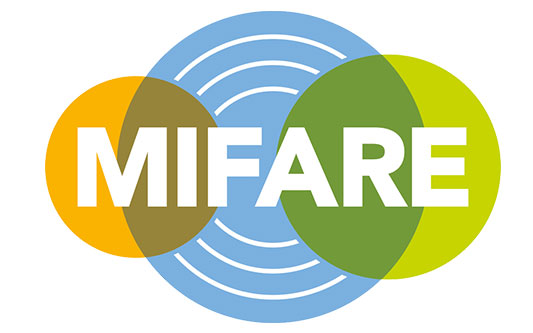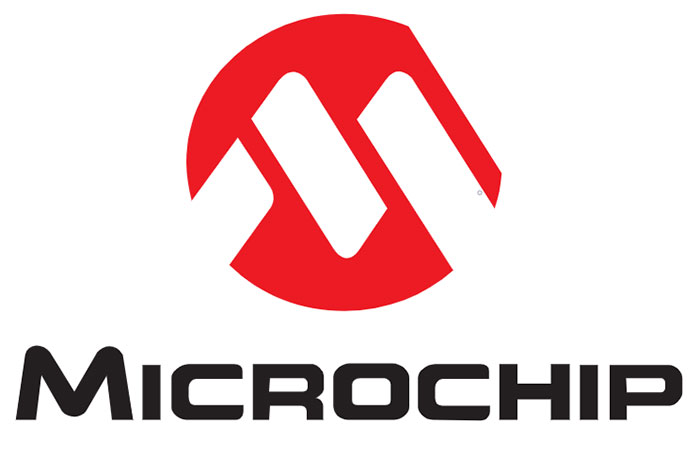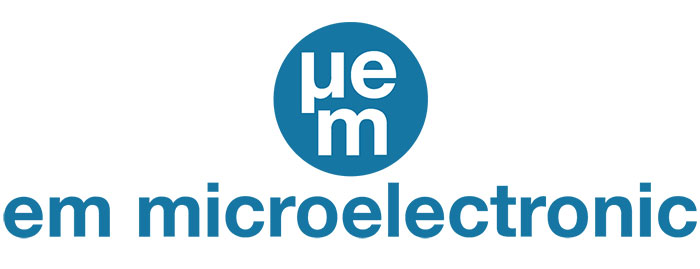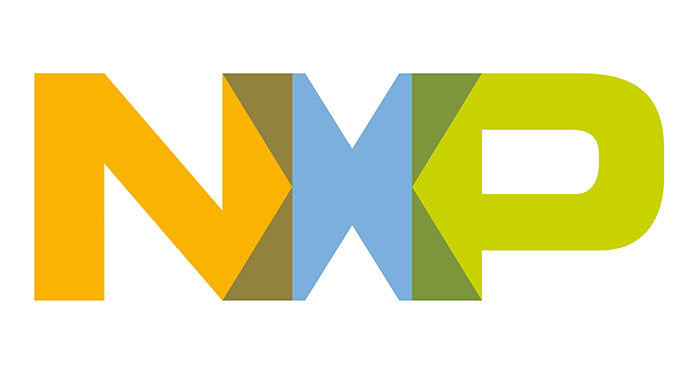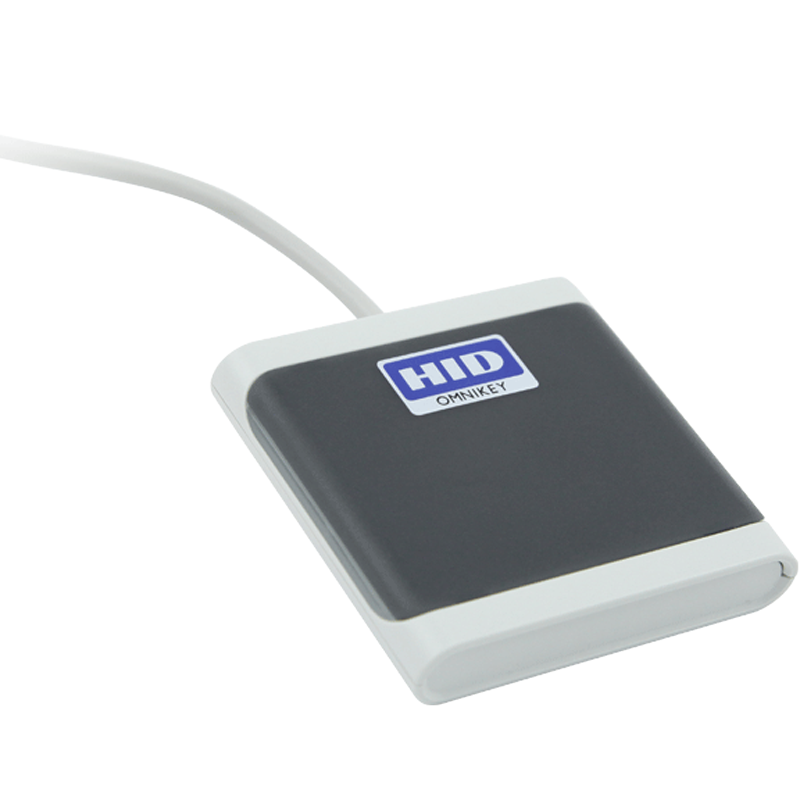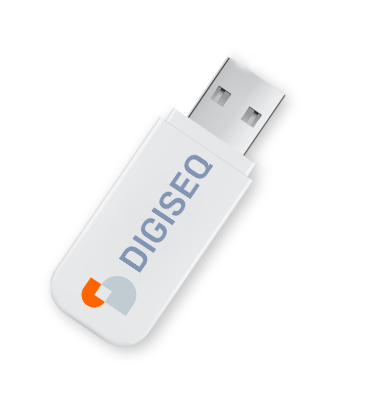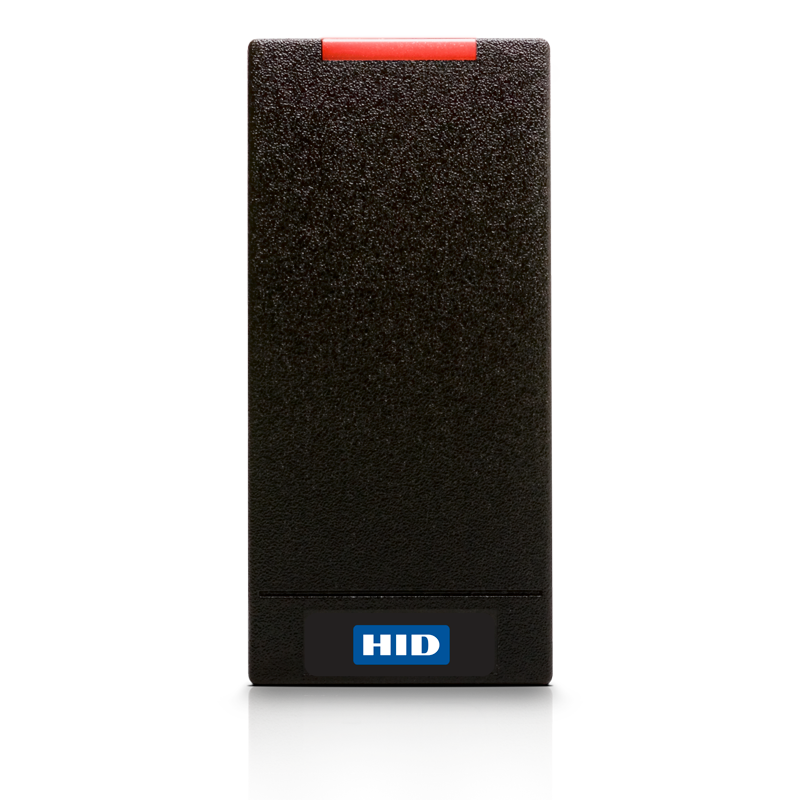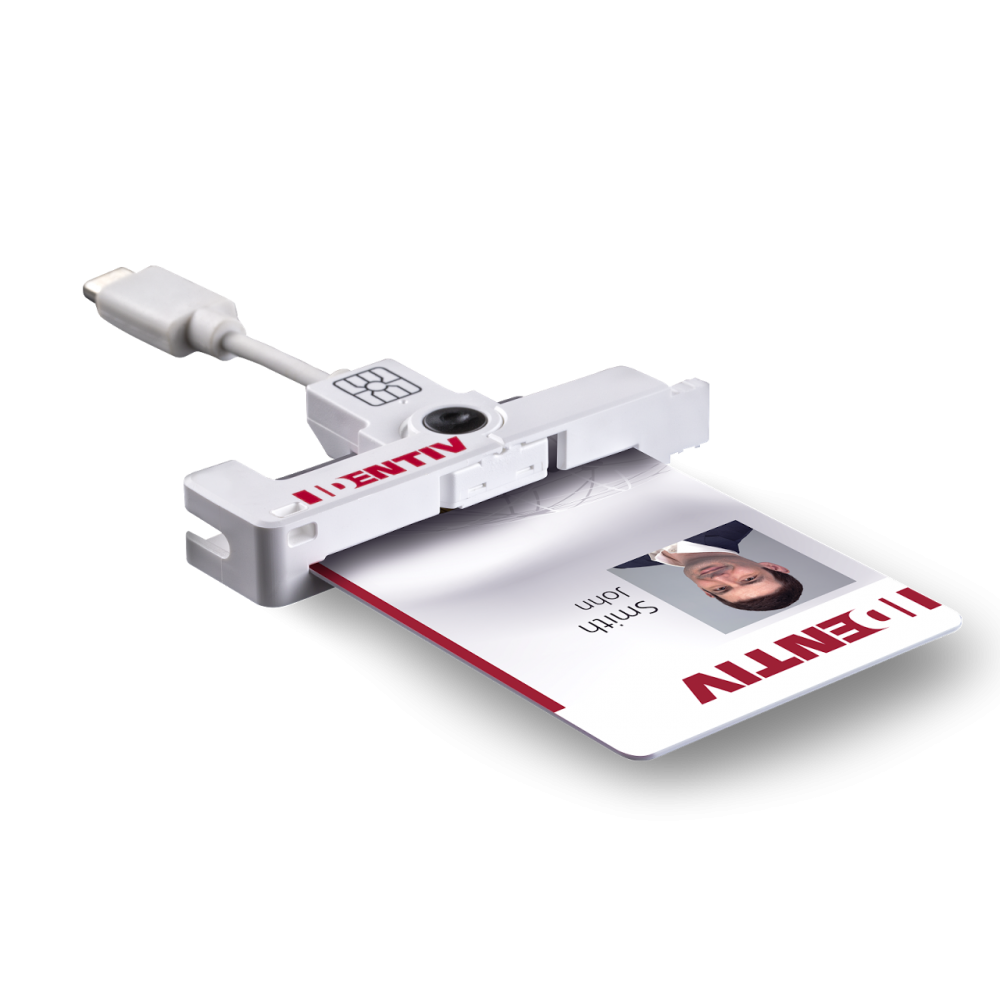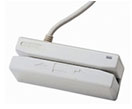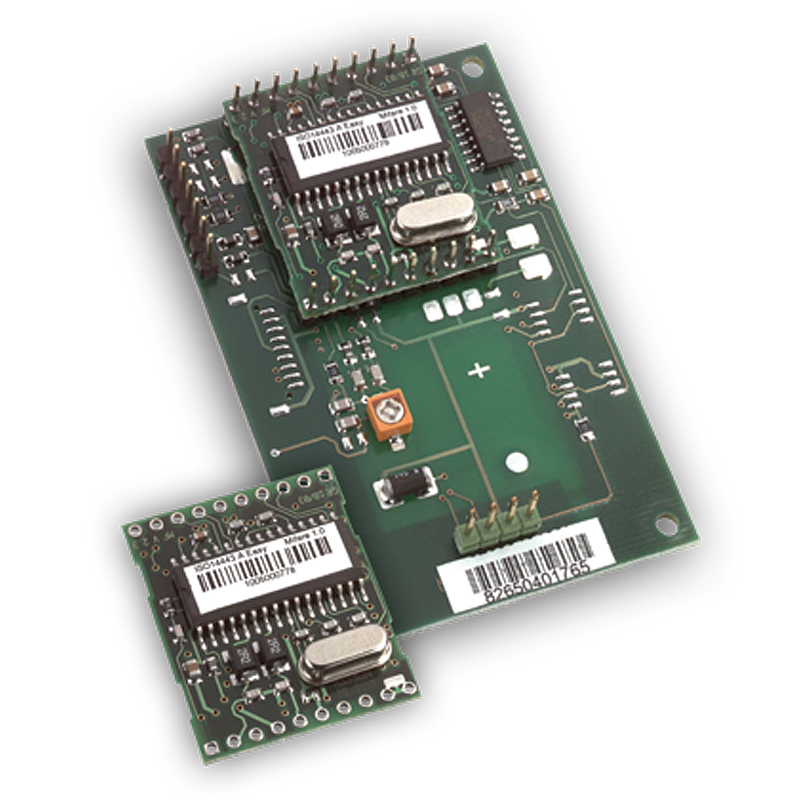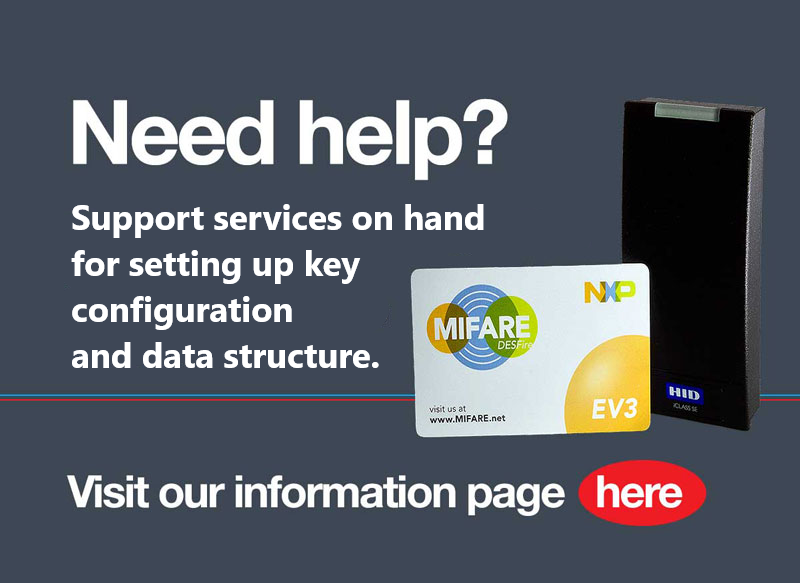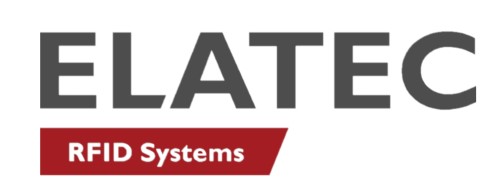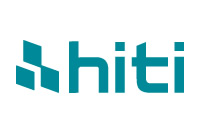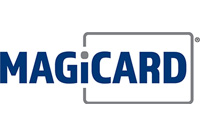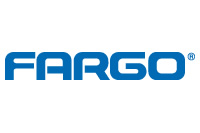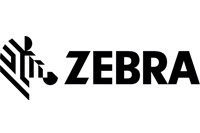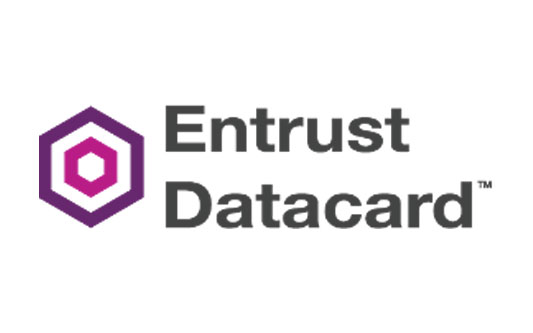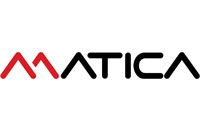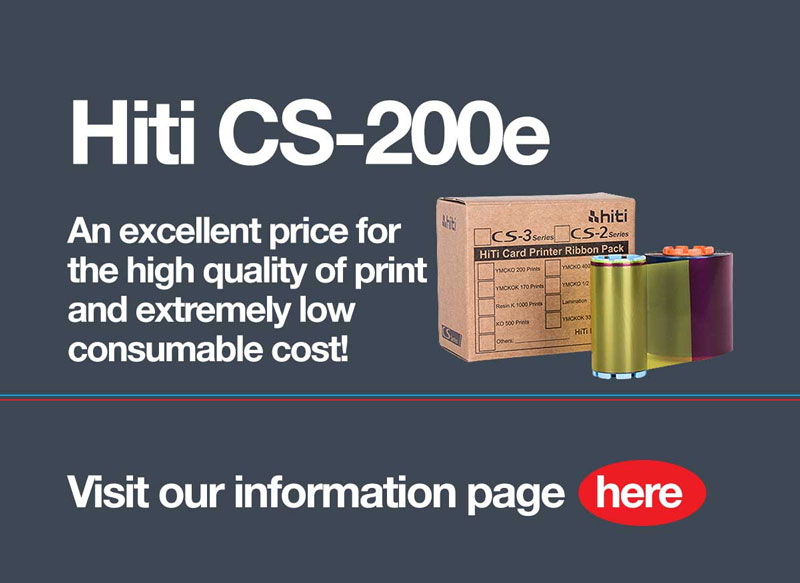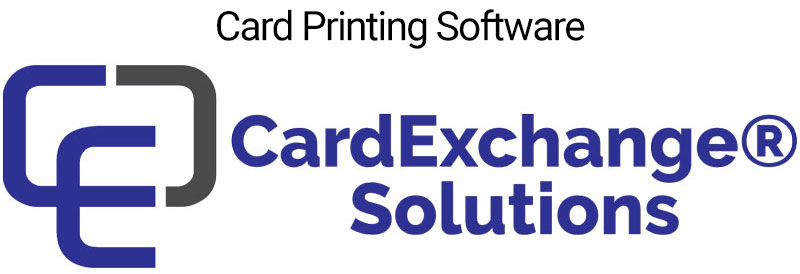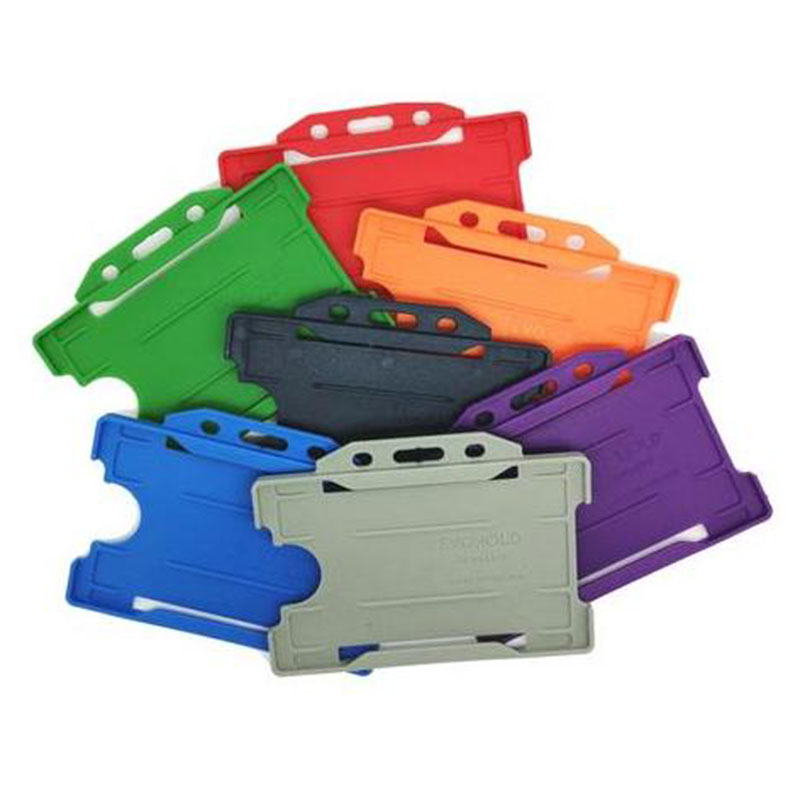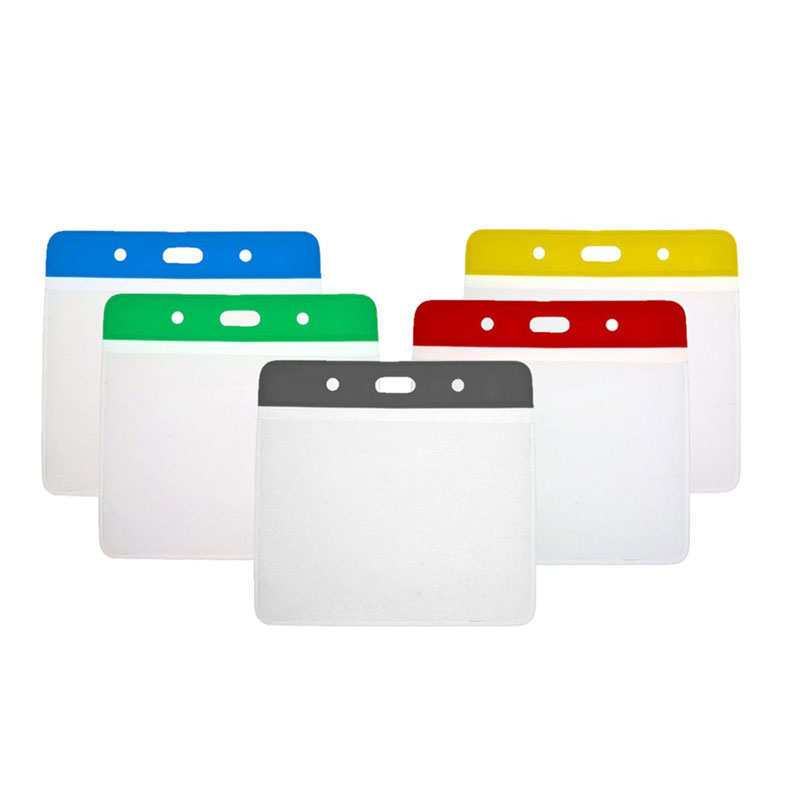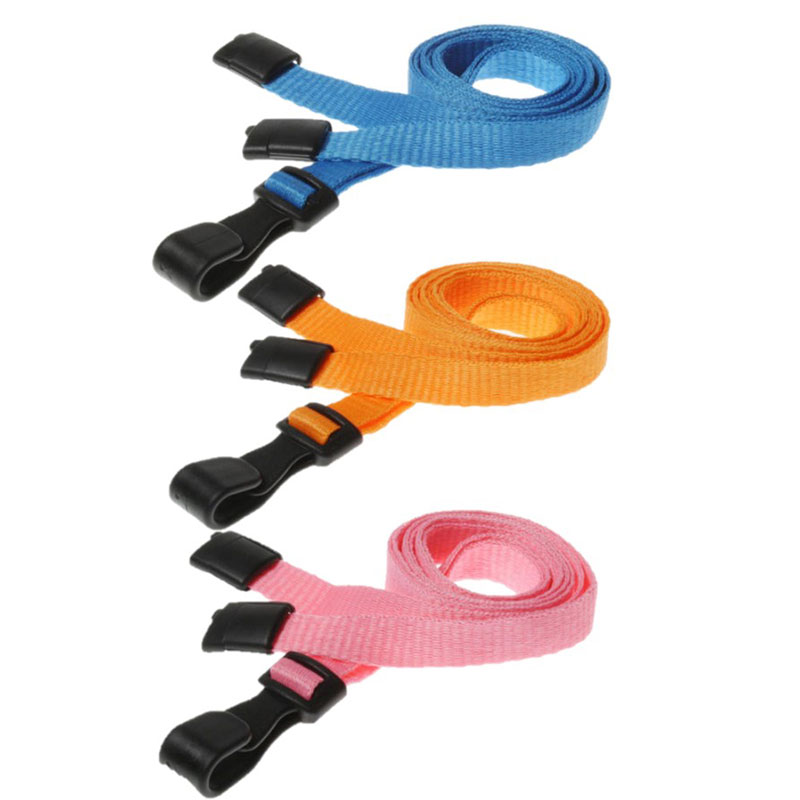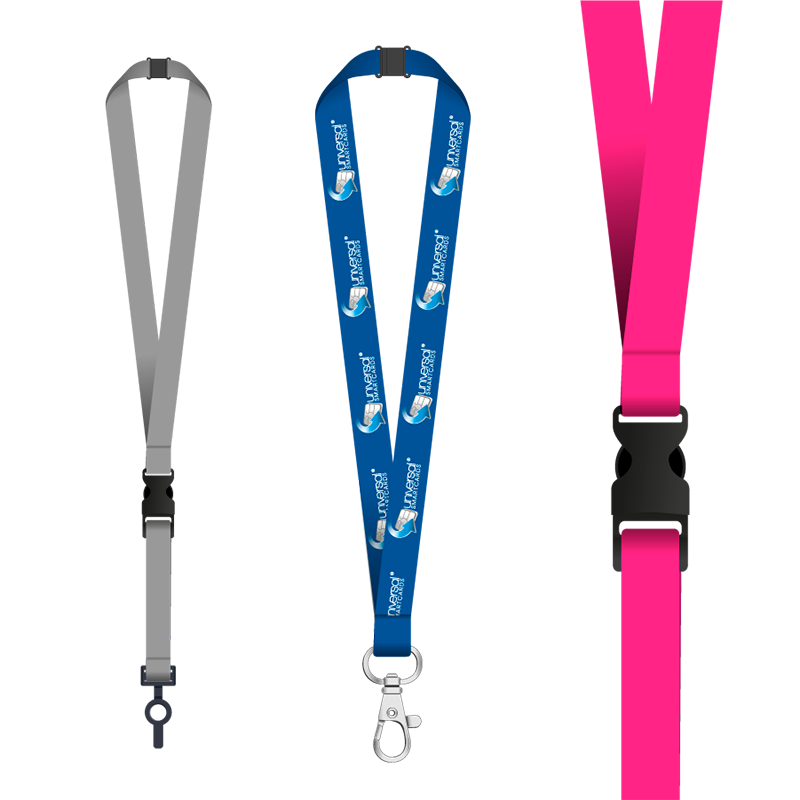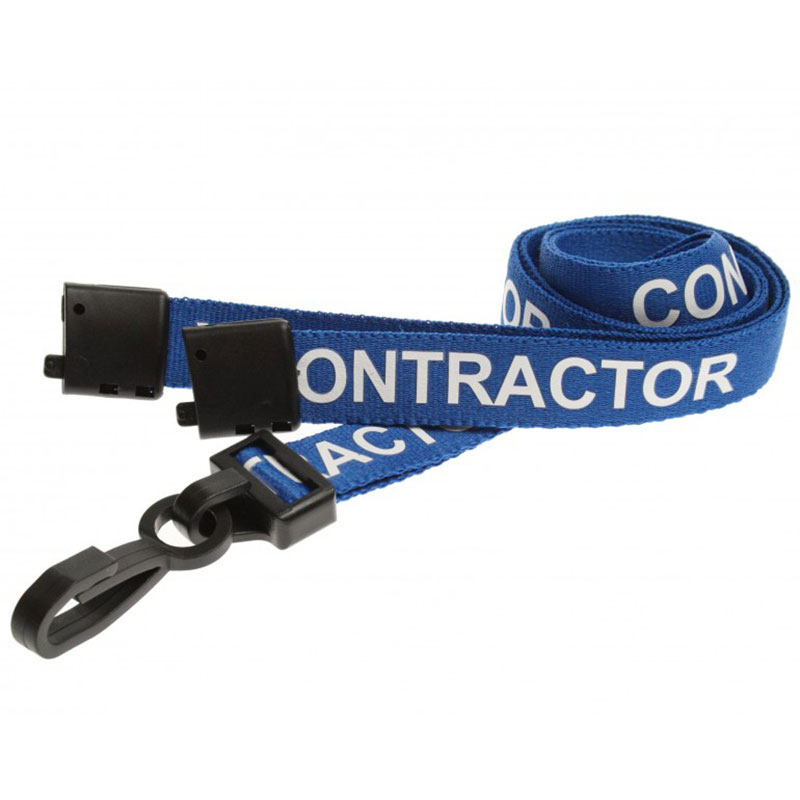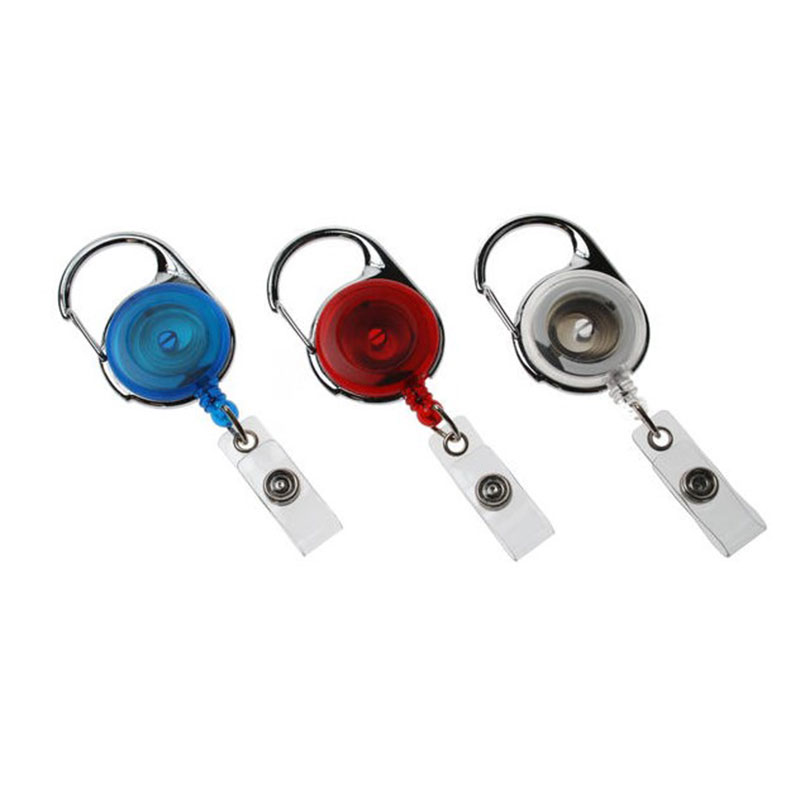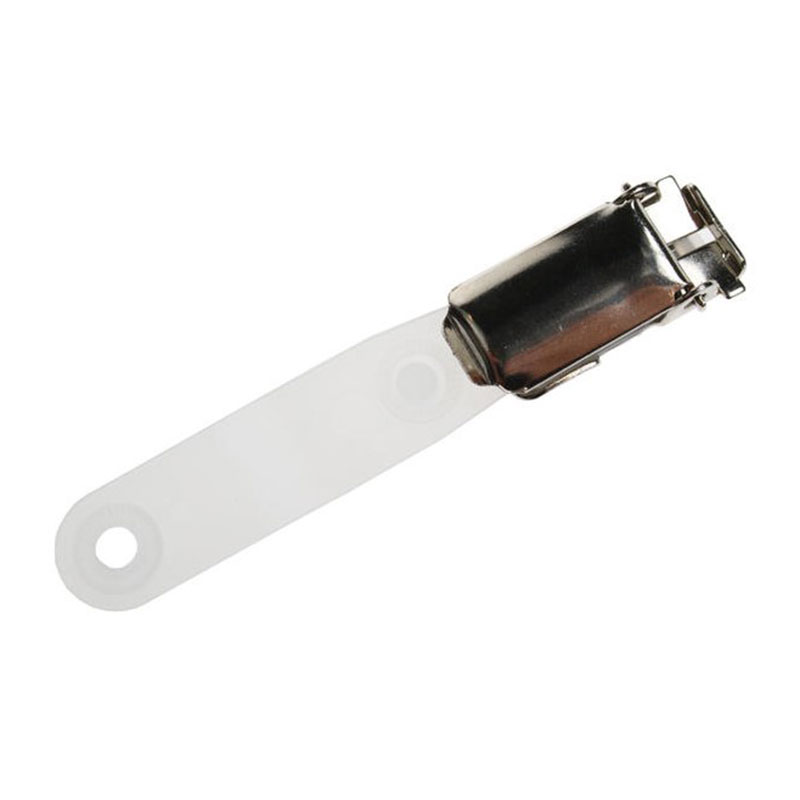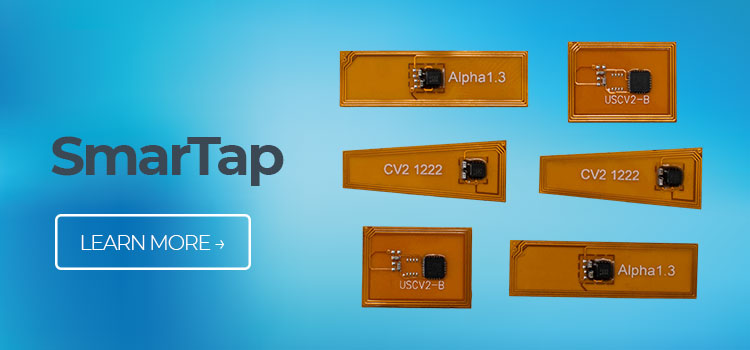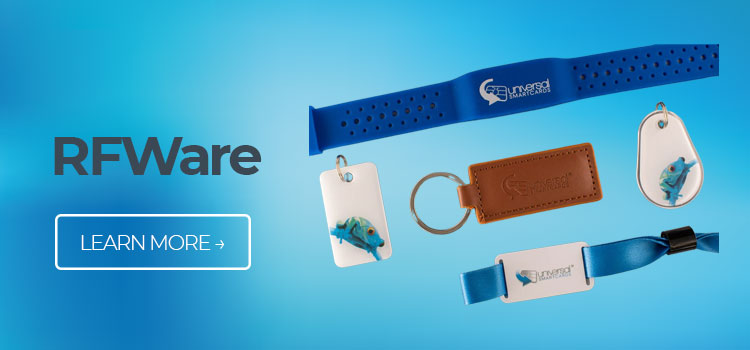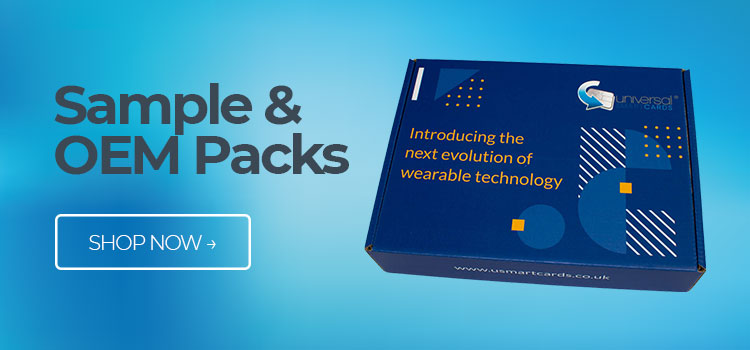
So I’m guessing that the reason you’ve clicked on this page is that you’re looking to invest in an ID card printer, right? Well, great! Let’s have a look at five key steps to finding the right printer for you or your business.
Whether you’re printing visitor passes, or encoding highly secure access control cards, this guide will help you decide which printer is best suited for your needs. I have collated a list of simple steps to help you in your printer journey, so let’s start with one of the most important ones that any business looks at first:
Step 1: Budget
When evaluating the different printers in the market, it’s helpful to have a pre-determined budget range. You should also consider the ongoing costs of the printer, including blank cards, ribbons and cleaning kits. All these things need to be considered over the lifetime of the machine and can often mount up to be a lot higher than the initial investment.
Suppose you’re looking for a cost-effective printer that still prints reasonably high quality cards. In that case, I’d recommend the Hiti CS-200e ID Single Sided Card Printer. It’s a perfect fit with low cost consumables compared to the Magicard range of YMCKO ribbons costing double the price per side to print. You also get free card design and printing software, CardDesiree, with the base machine starting from only £499.00.
Step 2: Print Technology
There are many different desktop ID card printers on the market using print methods including Direct to Card, Re- transfer and Inkjet. So, what are the differences between these?
- Direct to Card, also known as Dye-Sublimation is where the printhead prints through the ink ribbon directly onto the card. This makes the colour replication accurate and produces consistent results! Not only does it print higher volumes in a shorter amount of time than it’s Re-transfer counterpart, but it also less expensive. However, this method cannot print over the edge of the card so it can leave a white border around the edges. A simpler design will be more suitable for this printer.
- Re-Transfer printing is known for producing high quality, professional premium cards that can print over the edge, creating an entirely coloured card with no bothersome white border! The printing process involves printing the artwork design onto an overlay film which is then adhered to the card (the re-transfer part of the process); This also adds protection to make these cards more durable. Oh, and don’t worry that you’ll have to create all you artworks in reverse, the machine will do this automatically for you! ? The Fargo HDP5000 springs to mind as the ideal re-transfer printer because it has built-in High Definition Printing, an easy-to-navigate set-up, and is cheaper compared to other re-transfer models like the Magicard Prima 801 (£2,120.00) , or the Zebra ZXP Series 9 Single Sided Printer (£1,663.33).
TOP TIP – This is the best method for printing smart cards because the chip creates a raised surface which can damage the Direct To Card printhead during the manufacturing process.
Fargo HDP5000 Retransfer Printer

- Inkjet printers are not as common as the two aforementioned printers above and were introduced into the market last year. You might think that this is just a standard paper printer like the one you have in your office right now, but these printers bring the simplicity and affordability of inkjet printing to personalized cards. A good example of this printer is the HID® FARGO® INK1000 Single Sided ID Card Printer. This is an easy to use printer which uses snap-in ink cartridges, removing the fuss of print ribbons. It offers true edge-to-edge, high-quality printing like the Re-transfer method.
My personal star rating
I’ve created this table below so you can find a good starting place when it comes to buying your first printer. This is based on 5 key areas which I focus on when I am helping a customer decide on which printer would best suit their needs. For example, if you want a more affordable printer that prints cards fast, start with the Direct-To-Card printers. Or, if you are looking for a high-quality finish that features edge to edge printing, start with the Re-transfer models.
DIRECT TO CARD | RE-TRANSFER | INKJET | |
SPEED | ⭐⭐⭐⭐⭐ | ⭐⭐⭐ | ⭐⭐⭐ |
PRICE | ⭐⭐⭐⭐ | ⭐⭐ | ⭐⭐⭐ |
PRICE PER SIDE | ⭐⭐⭐⭐ | ⭐⭐ | ⭐⭐⭐ |
QUALITY | ⭐⭐ | ⭐⭐⭐⭐⭐ | ⭐⭐⭐⭐ |
EASE OF USE | ⭐⭐⭐ | ⭐⭐⭐ | ⭐⭐⭐⭐ |
Step 3: Single-Sided or Dual-Sided?
If you’ll be using a card printer frequently and want to print on both sides of the card, it’s worth looking into dual-sided printers.
These can print both sides simultaneously, and eliminates the process of having to manually place the card back into the printer again, which saves you time. On the other hand, single sided printers are lower priced and will be more suitable if you are only looking to print one side of a card.
Can’t decide now? Some single-sided printers like the Hiti CS-200e/CS-220e and the IDP SMART 70 can be upgraded to dual-sided in the field so you have the option to change this later. You are able to purchase the flipper modules and retrofit these yourselves by removing just a few screws (if you’re going to do this, make sure you read instructions!) Or if you would prefer, we have our own in-house bureau specifically for the Hiti range so we can add the flipper module ourselves to save you time.
Step 4 : Extra Security
From encoding cards, to adding watermarks, there are various ways you can easily add security to cards using an ID card printer to keep your business protected. When purchasing a printer, most models can be configured to have a built in reader, allowing you to encode a contact/contactless chip or a magstripe. You will also need to invest in software which allows for such encoding like the CardExchange Producer, that not only designs cards but adds security too; our website has a helpful comparison table which shows the features of each CardExchange edition.
Additionally, if you’re interested in adding visible security features that are difficult to clone, the Magicard range of printers all have a built-in card “HoloKote” which prints a secure watermark into the overlay on the surface of the card.

Example of Magicard HoloKote
Step 5: Get in Touch!
Buying an ID Card printer isn’t a simple decision, but hopefully this guide will have made the decision making process easier!
If you’re ready to venture into the ID card printing world, check out our wide range of Card Printers & Ribbons on our website from leading manufacturers including HiTi, Datacard, Evolis, Fargo®, Magicard, Matica and Zebra. Or, if you would like to speak to one of our many friendly printer experts in our sales team, feel free to get in touch on 0333 700 0078 and we will be more than happy to help.

